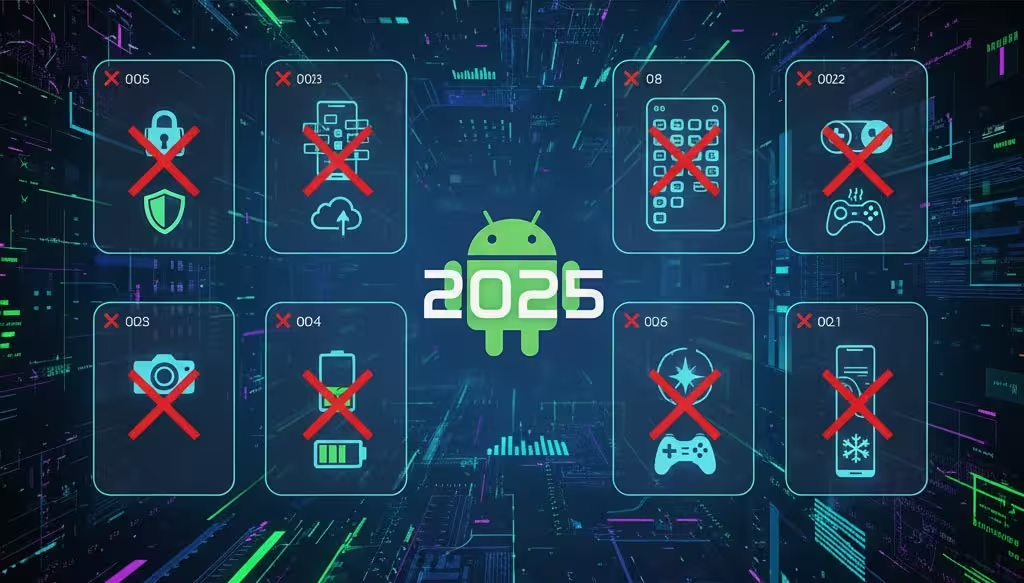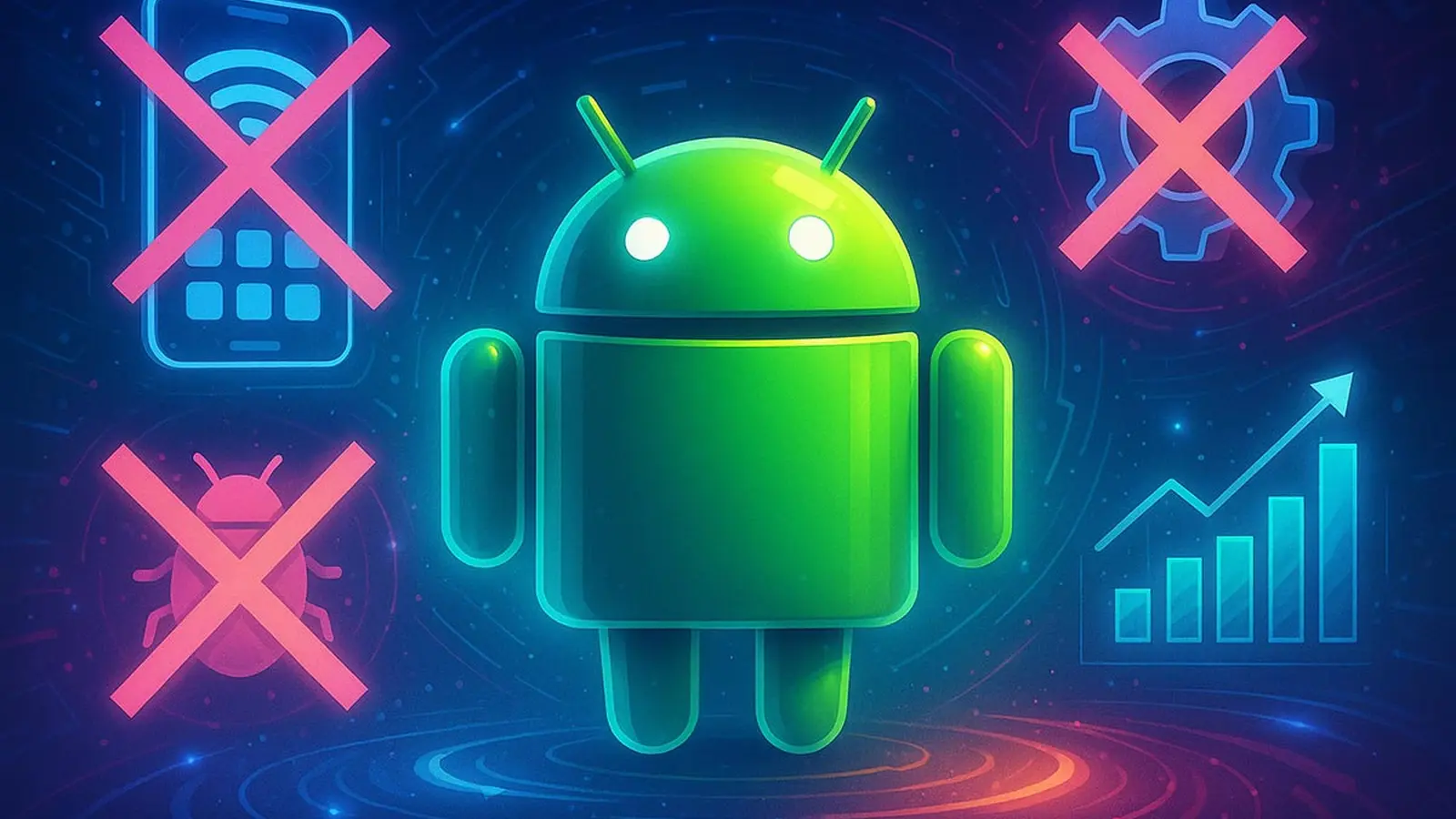5 Minutes
Android has come a long way since the early days of single-touch screens and missing copy-and-paste. By 2025, many long-held beliefs about Android phones are simply out of date. Here’s a fresh look at seven myths that tech writers still hear—but don’t need to anymore.
Budget Samsung phones aren’t a write-off anymore
For years the Galaxy J and Pocket lines reinforced the idea that cheap Samsung phones were weak and sluggish. Those days are fading. Modern Galaxy A models offer balanced specs, solid battery life and a surprisingly reliable update cadence that beats many rivals. Sure, not every budget model is flawless—some past A-series phones experienced shutter lag or quirks—but overall Samsung’s affordable phones now deliver real value rather than compromise.
Camera supremacy is no longer just iPhone vs Pixel
Apple and Google raised the bar for smartphone photography in the 2010s, but the competitive landscape has changed. Chinese brands like Xiaomi, OPPO, vivo and OnePlus now produce flagships with top-tier sensors, impressive telephoto setups and advanced image processing. Models such as the Xiaomi 15 Ultra and OPPO Find X8 Ultra regularly outshoot legacy leaders in certain scenarios, especially at long range and in computational photography tricks. iPhones and Pixels remain excellent, but they’re no longer unchallenged champions.
Stop obsessively killing background apps
Back in the early Android era, manually closing apps or installing task killers was common advice. Today, that’s outdated. Modern Android manages background processes and battery use far better, and aggressive manual killing can worsen battery life or break useful background actions like notifications and music playback. The real problem now is that some manufacturers go too far and kill apps aggressively. The better approach is to let Android do its job and only restrict genuinely misbehaving apps.

Stock Android actually has plenty of useful features
Stock Android used to look bare next to feature-heavy skins from Samsung and OEMs. But in recent years Google added many of the features users asked for: screen recording, scrolling screenshots, one-handed mode, Live Caption and stronger anti-theft protections. Custom skins still offer extra polish and extra tools, but choosing a phone with near-stock Android no longer feels like a sacrifice.
One UI evolved from bloated to polished
TouchWiz earned a reputation for bloat and stutter a decade ago. Samsung’s One UI is now one of the most refined Android skins available. It still includes preinstalled apps and optional Microsoft integrations, but performance has improved dramatically. Optional tools like Good Lock let power users customize extensively without weighing down the core system—so the old argument that Samsung software equals lag is largely outdated.
Modern phones don’t have to slow to a crawl
Devices used to choke after a year or two because of storage inefficiencies and the lack of TRIM support. Since Android 4.3 and the move to UFS storage, long-term slowdown is much less common. OEMs have also introduced features like ROM Vitalization and Storage Refresh to keep devices responsive for years. While no phone is immune to heavy use, the expectation that a modern Android device will become unusable after a couple of years is no longer accurate.
Android on tablets has matured
Early Android tablets often felt like oversized phones, with stretched UIs and unoptimized apps. Google addressed that with a string of updates—Honeycomb, merged platforms, and later Android 12L—plus developer rules for adaptive layouts. The result: Android apps and system UI now scale much better on larger displays. Some users even prefer Android on tablets because of the multitasking and flexibility it offers.
Technology moves fast, and what was once conventional wisdom can become a myth. In 2025, Android is more capable, more competitive and more polished than many people remember. When evaluating phones today, it pays to test current models rather than rely on old impressions.
Comments
DaNix
I quit killing apps ages ago, phone lasts longer. But some skins still murder background tasks, annoying af
citylane
Is Chinese flagships outshooting iPhone all the time? sounds bold. Anyone tried long range shots side by side??
datapulse
Wow, budget Samsungs are actually decent now? didnt expect that. Battery life looks solid, need more real-world tests tho


Leave a Comment